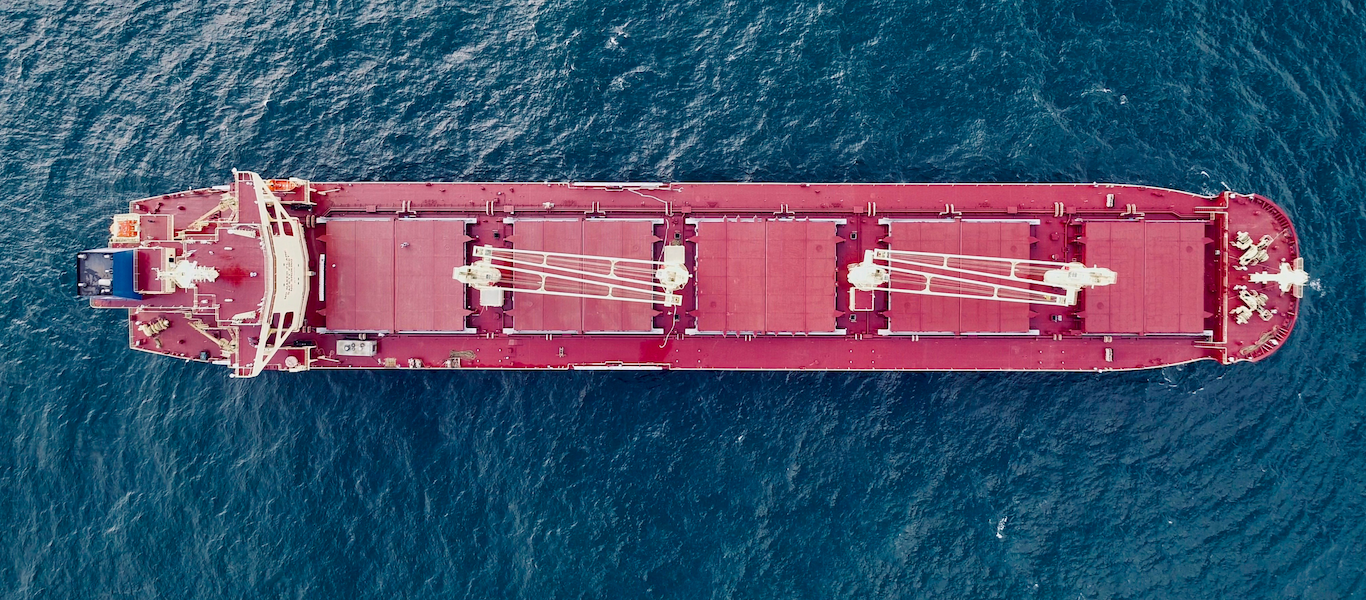
In this article, International Chamber of Shipping (ICS) Secretary General, Guy Platten explains why the partnership between RightShip and INTERCARGO strengthens the impact of the DryBMS
The team at ICS is pleased that RightShip and INTERCARGO have partnered to finalise the DryBMS. A single-minded approach to lifting expectations across the industry is vital. As we observed the broad commitment to a new standard for the dry bulk sector, we saw that the real technical work was completed to a professional level, and everyone listened carefully to each other, in order to incorporate their views, which has resulted in a standard that is reflective of a range of perspectives.
It’s been a great example of how collaboration can work in our industry. The outcome has been a unified standard, which has two big players behind it, with RightShip and INTERCARGO representing both sides behind the whole idea of improving safety and saving lives.
Why collaboration is integral to a broad uptake of the standard
I’ve worked on other projects in the industry where collaboration has been key. This past year we have seen unprecedented amount of collaboration. The ICS coordinates a range of industry meetings where all the international associations gather, we do regular Zoom calls where 20 or so people come together to share information and knowledge. We’ve all said there is so much value in these calls.
As many of us know, there are several challenges that the dry bulk sector faces, and we can’t generate solutions without the buy-in of the majority of companies that are impacted by these challenges. Through collaboration, and wide industry feedback, we allow more voices to be heard, which in turn has generated considerable support for the DryBMS. Because of this, we believe that most businesses will go on to implement the standard in their day-to-day operations.
There has been so much collaboration and co-operation with the IMO and international labour societies. We’re seeing our industry come together like never before. We’ve developed standards for crew changes protocols and worked with our research and development fund to ensure comprehensive consultation has taken place.
DryBMS is proof that we’re better together. Now that RightShip and INTERCARGO have joined forces, we have a tangible output that our whole industry can be proud of.
Independent governance will ensure ongoing support
While it has been essential for RightShip and INTERCARGO to develop the final draft standard, it’s important for an independent NGO to implement and oversee it as we move forward. There is an agreement that it should be a non-profit, independent of owners and charterers, but with the backing of both sides which is the beauty of it.
The remit of the NGO is quite focused. It’s not there to lobby, there is a simple objective to raise standards in the dry bulk fleet. Right now, we hope more people will sign up and take part.
One thing we’ve learned in the pandemic is that we can achieve so much more by working together. Overall, our industry has united to solve the crew change issue and improve on that process.
Real world implications of the DryBMS
When I worked for the Royal National Lifeboat Institution, I had to do inspections. If an accident occurred, I had to find out what went wrong. That’s why we need the DryBMS. It will allow you to navigate you through best practice procedures and understand how to progress. Its practical, here to raise the standards and to tangibly cut accidents.
We’ve hit a great milestone with the final draft standard, but now it’s time to ensure it is implemented with true safety culture in mind. It’s not about checklists. Rather, it will help to truly changing attitudes and ensure a collective safety mindset. If you have a good strong safety culture, then you almost don’t need checklists, they are then just there as a guide. Because DryBMS has been such a collaborative process, there is a pattern starting to emerge: culture and communication must be strengthened for DryBMS to have the most impact.
To do this, we must increase communications technology that connects ships to the shore. I spoke with a seafarer friend of mine recently, he said the shipping company office ashore really did step up during the crewing crisis in communicating and reassuring their crews that everything was being done to undertake crew changes when possible. Communication is everything. We need to see the shore telling the ship’s crew it’s important to be safe.


